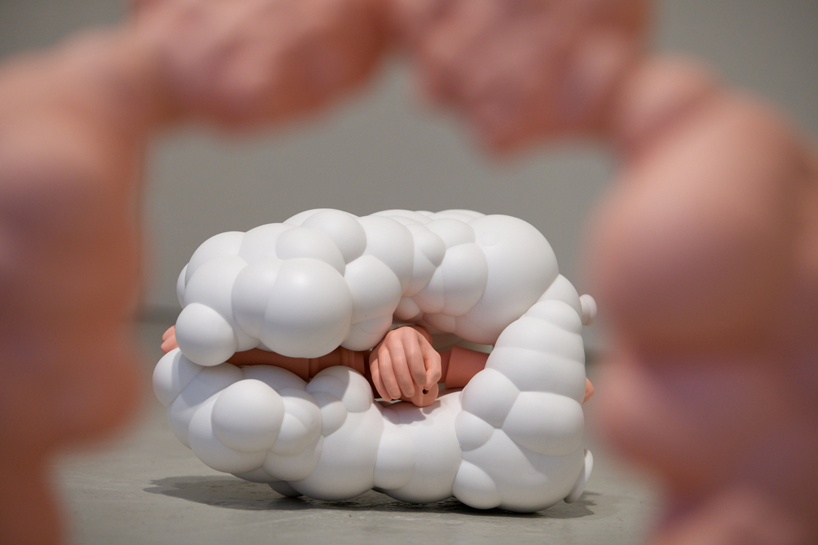
LAWRENCE MALSTAF
shrink
File Festival
Two large, transparent plastic sheets and a device that gradually sucks the air out from between them leave the body (in this case the artist himself) vacuum-packed and vertically suspended. The transparent tube inserted between the two surfaces allows the person inside the installation to regulate the air flow. As a result of the increasing pressure between the plastic sheets, the surface of the packed body gradually freezes into multiple micro-folds. For the duration of the performance, the person inside moves slowly and changes positions, which vary from an almost embryonic position to one resembling a crucified body.





